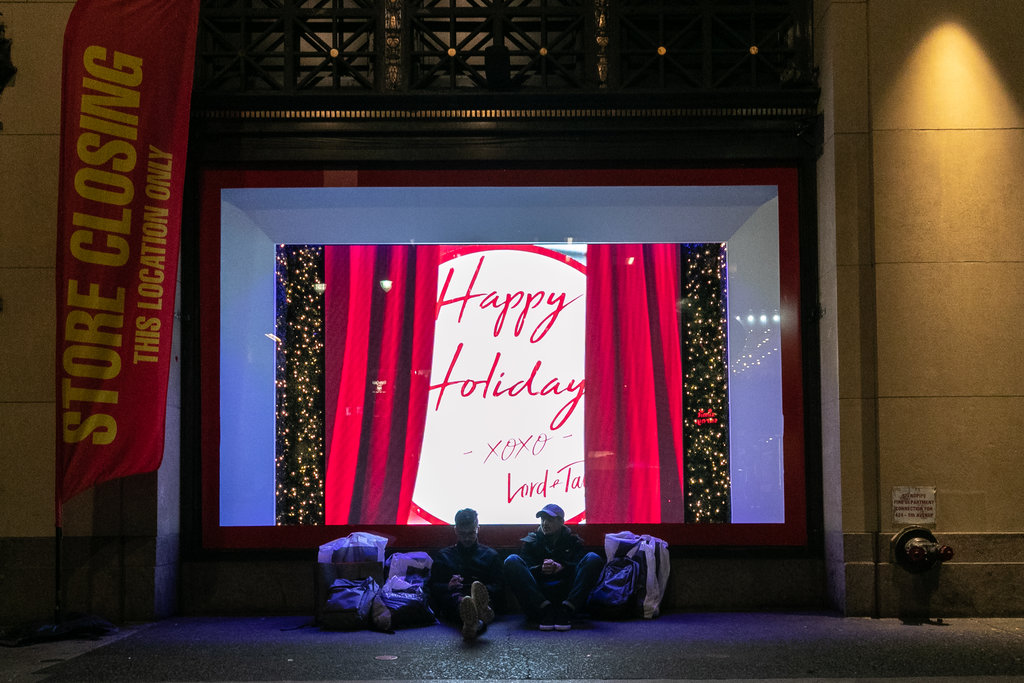Insights
We All Know What Holiday You’re Talking About….

The awkward thing about linking your brand to Christmas is, of course, that it’s a traditionally religious holiday. But in communications, PR, and marketing, we’re constantly looking for ways to make a message, product, or idea more timely and relevant. So, it’s no wonder that “the holidays” are seen as a huge opportunity for companies and brands to insert themselves into a larger conversation. What’s a brand to do when it wants to throw its hat in the ring but doesn’t want to be caught in the crossfire of an alleged “War on Christmas”?
The hesitancy among many brands to link themselves directly with the holiday completely, unselfconsciously is understandable—people and brands have, thankfully, begun to take conscious steps to be more inclusive and representative. But does simply avoiding the word make these ad campaigns any more inclusive? Not really.
In an effort to quell any potential controversy or guilt surrounding the preferential treatment given to one religious holiday over others, brands have been moving farther and farther away from using the word “Christmas.” The elaborate ad campaigns, media outreach, and seasonally branded swag that begin to pop up everywhere you look in November are referred to generically as “holiday” campaigns—but no one is really fooled. The campaigns include Santa, fir trees, bright twinkly lights, and all the other accompanying accoutrement of Christmas.
For instance the oft-criticized seasonal Starbucks cups this year have sported a festive font with the allusive phrase “Merry Coffee.” Half-hearted attempts at egalitarianism like this slogan are so nonpartisan they read like the verbal equivalent of a shrug. On the other hand, IKEA released a seasonal ad which felt like a more direct and honest attempt at inclusion and progressivism. As the commercial montage takes the viewer on a tour of religiously and ethnically diverse families, celebrating different holidays in their own unique way, a narrator tells us “our holidays don’t all look the same, and maybe that’s what makes us great.” It’s refreshing to be shown genuine differences in a commercial as opposed to being shown the same Christmas tropes (a white family wearing sweaters in a large suburban home, eyes aglow with the wonder of Christmas) but simply being told: “Happy Holidays” at the end, as if the omission of the word “Christmas” would magically make the commercial relatable or representative.
According to Pew data, 90% of Americans celebrate Christmas and not even 2% of the U.S. population is Jewish; so, it might be unrealistic to expect brands to design major branding pushes around Rosh Hashanah or other minority religions’ holidays just to counterbalance the Christmas-mania that goes on in the lead up to December 25. But, to me, it seems pointless to feign inclusion if you’re going to continue to use all the same old Christmas derivatives in your branding and marketing. In the upcoming decade, Gen Z will become even more relevant as they get older and have more decision-making and spending power and—as I mentioned in a previous piece—Gen Z is all about authenticity.
My advice to brands? If you’re going to throw yourself into Christmas branding, commit to it. Don’t hide behind the phrase “Happy Holidays” if you’re not actually going to showcase anything different. If you commit to using the word “Christmas,” look for other, more meaningful ways to be truly inclusive of all the other religions, traditions and cultures in America.